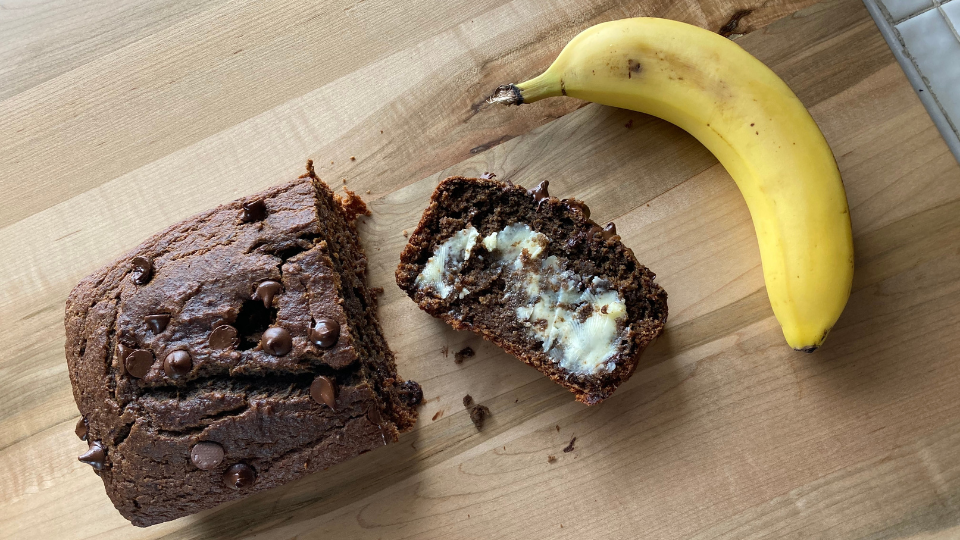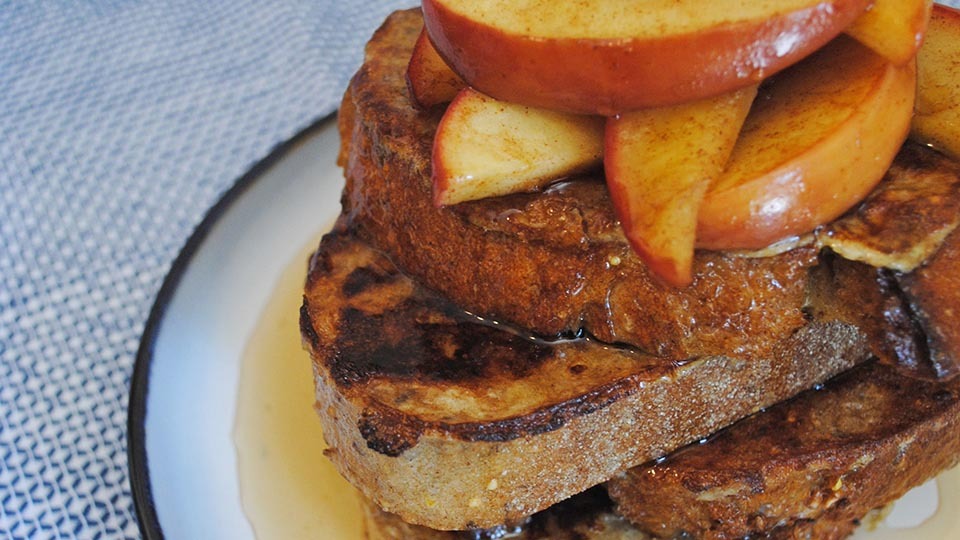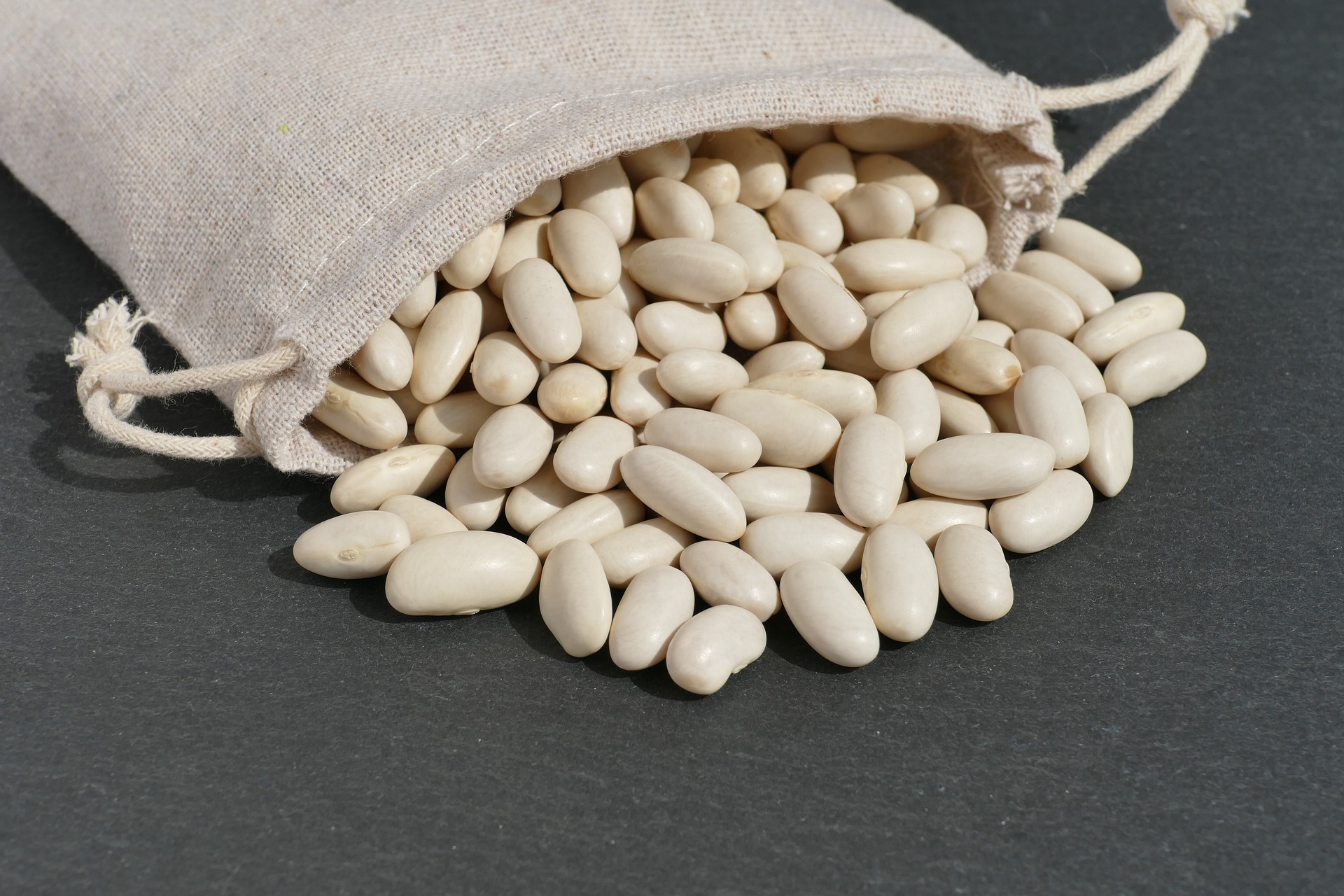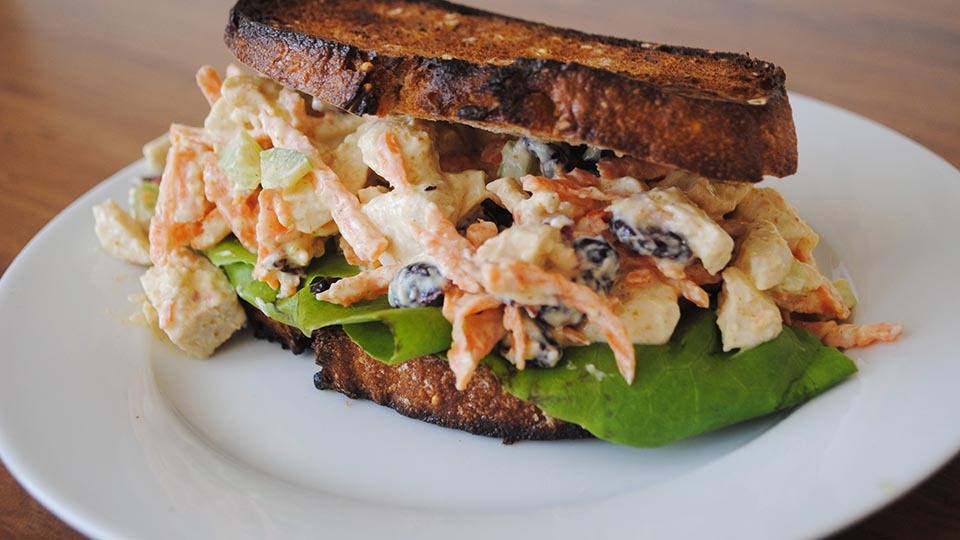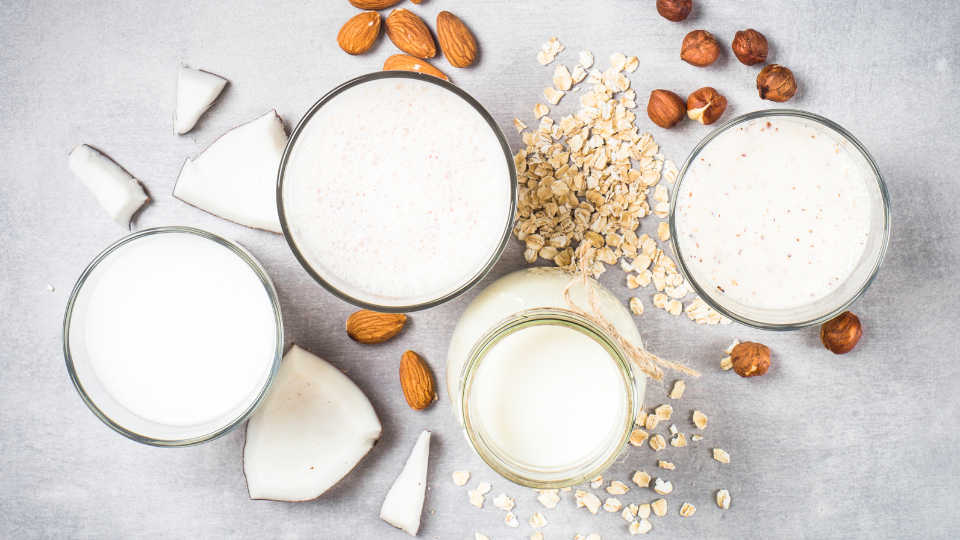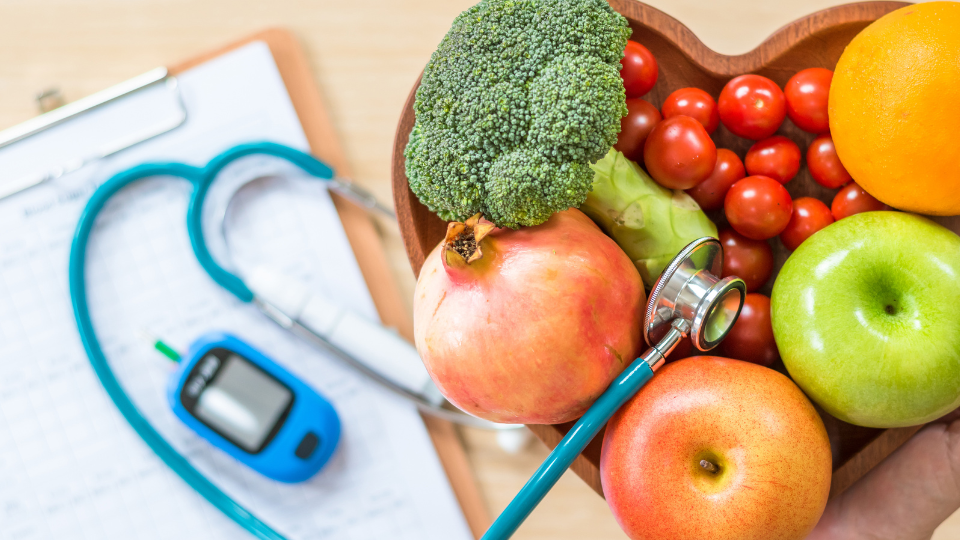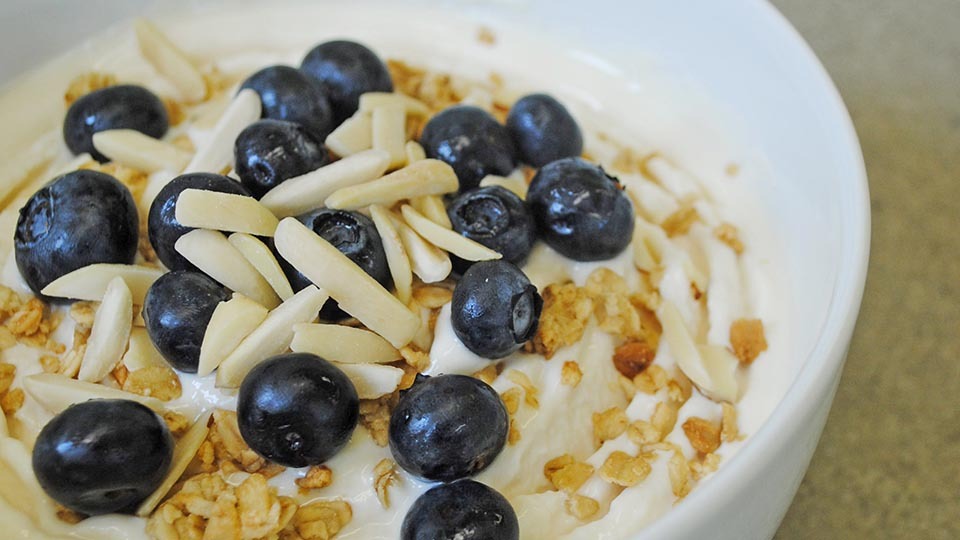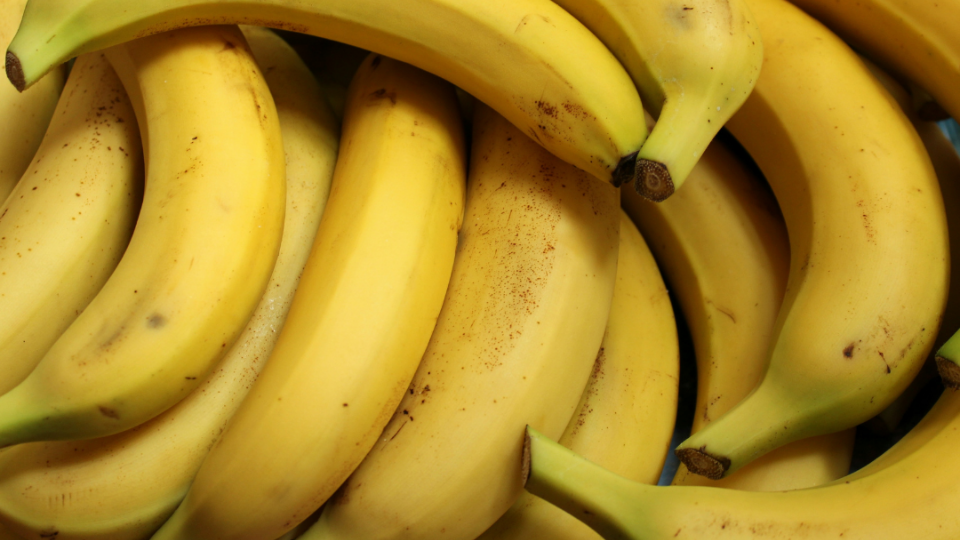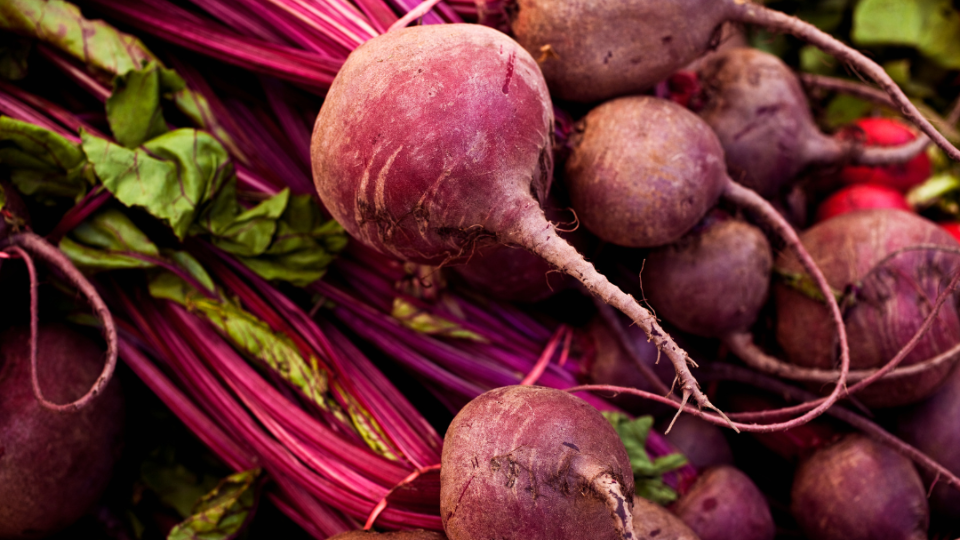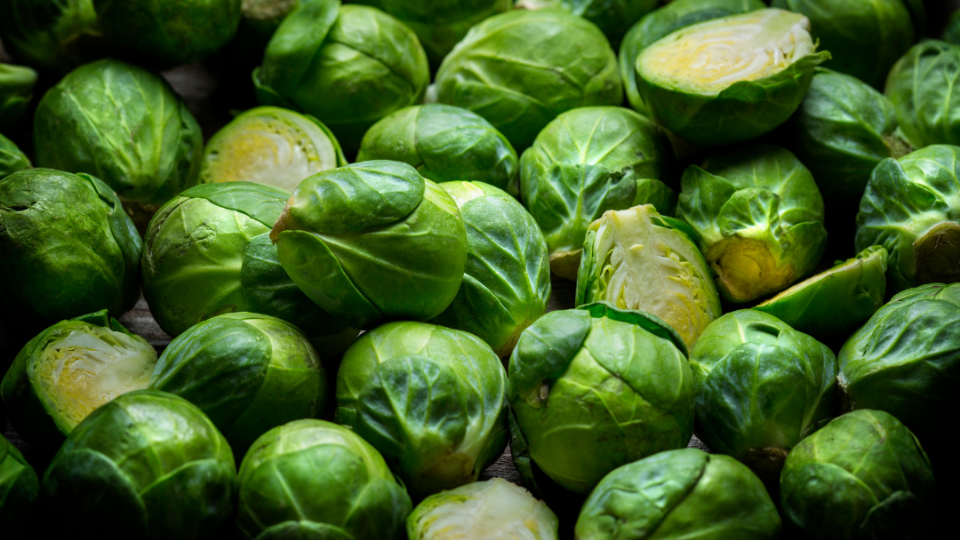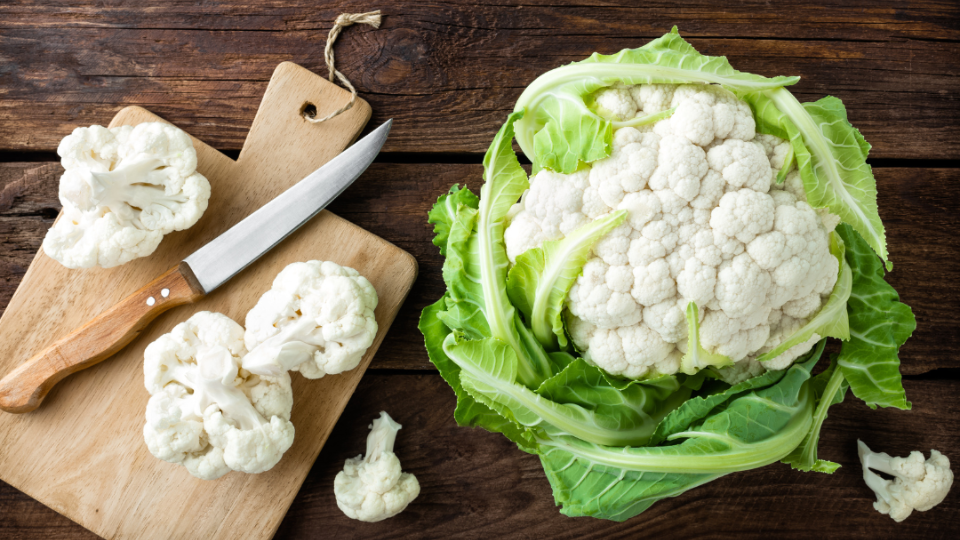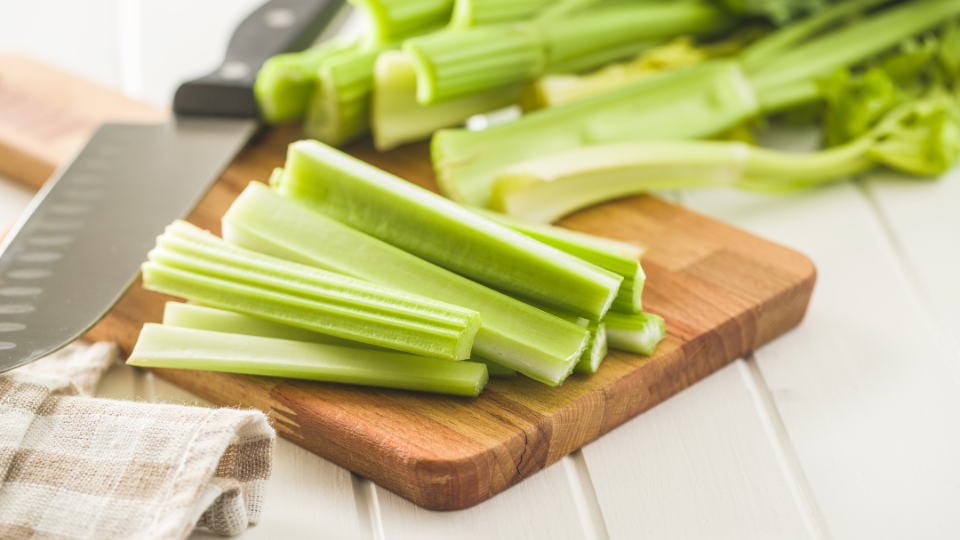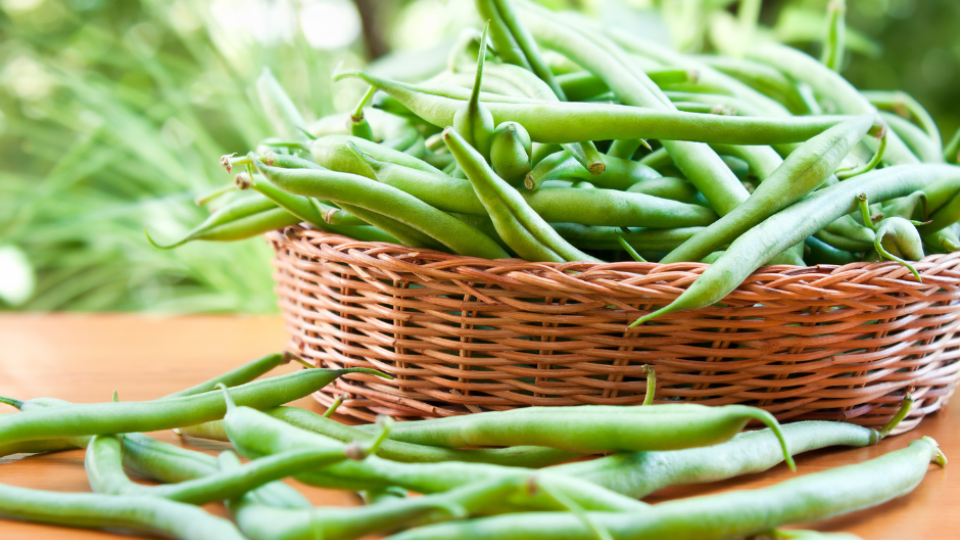Nutrition and Chronic Pain

The internet is full of information about antiinflammatory diets, foods, and supplements claiming to prevent or alleviate chronic pain. For those who struggle with chronic pain, sound dietary advice is essential to improve intake and ultimately decrease pain (Arranz et al., 2010). However, it’s important to note that research showing the impact of specific foods on health and the immune system is currently limited; therefore, these claims should be interpreted with caution (Elma et al., 2020; Harvard Health, 2018). This fact sheet will cover (1) how inflammation affects chronic pain, and (2) how eating a well-balanced diet may help reduce inflammation which can contribute to chronic pain.
Explained: Inflammation and Chronic Pain
Inflammation is the body's natural and protective response to injury and harm. Inflammation plays an important role in healing; however, chronic low-level inflammation may cause pain and damage to healthy cells (Nelms & Sucher, 2019).
Many individuals with chronic pain have elevated pro-inflammatory cytokines, which are small proteins released by immune cells in the body that promote inflammation (Rondanelli et al., 2018). Having elevated levels of proinflammatory cytokines is a normal response to injury, infection, and/or irritation, as inflammation protects and promotes healing (Rondanelli et al., 2018). Typically, as the body heals, the inflammation subsides as well. However, sometimes inflammation continues. Over time, this can damage healthy cells and organs, causing constant pain in muscles, tissues, and joints. Chronic inflammation is often suggested as one of the underlying causes of various chronic pain conditions such as fibromyalgia, chronic low back pain, rheumatoid arthritis, myofascial pain syndrome, and osteoarthritis (Elma et al., 2020). Chronic inflammation may also increase the risk for developing other chronic conditions like heart disease (Nelms & Sucher, 2019). Research suggests that eating a balanced diet has a largely positive effect in reducing chronic pain (Brian et al., 2019).

Role of Nutrition With Chronic Pain
Many studies have shown that an integrative lifestyle, meaning a life that combines natural healing with pharmaceutical approaches, is far more beneficial in treating chronic pain than medication alone (Philpot & Johnson, 2019). Nutrition is one of the key components in everyone’s lifestyle that can improve or counteract the many effects of chronic pain on the body. Diet quality, nutrient density, and weight management are all involved in changing pain physiology (Field et al., 2020). Proper nutrition is required for all cells in the body to function optimally, with immune cells being no exception. Immune cells must receive the nutrients they need to perform their job. Without appropriate nutrition, negative changes in the immune system may occur and may increase the risk of chronic low-grade inflammation (Childs et al., 2019). There is increasing concern that modern lifestyle and diet have resulted in the promotion of ongoing, low-grade inflammation (Childs et al., 2019, p. 2). The Western diet is generally characterized by a high intake of added sugar, fat, and sodium, and a low intake of whole grains, fiber, micronutrients, and other bioactive molecules such as polyphenols and omega-3 polyunsaturated fatty acids (Brian et al., 2019; Childs et al., 2019). Diets consisting of highly processed foods, high in saturated fats, trans fats, or added sugar, have been positively linked with persistent low-grade inflammation (Barbaresko et al., 2013; Harvard Health, 2018).

However, with different dietary choices, diet can have a positive effect on chronic inflammation and chronic pain. Most studies suggest that eating an overall balanced diet provides sufficient nutrients to help keep the immune cells working well. For example, fruits and vegetables contain phytonutrients which are natural and active compounds that may help protect against inflammation and reduce musculoskeletal pain (Gordon, 2019; Towery et al., 2018). In addition, some polyunsaturated fatty acids, such as omega-3 fatty acids and monounsaturated fatty acids, may aid in the regulation of inflammation (Bjørklund et al., 2019).
Lastly, foods rich in a group of antioxidants known as polyphenols may have an antiinflammatory effect that soothes and prevents painful flare-ups (Childs et al., 2019; Elma et al., 2020). These foods include many of the staples of the Mediterranean diet, such as whole fruits (especially berries), dark green leafy vegetables, nuts, legumes, and whole grains (Childs et al., 2019; Elma et al., 2020; Lahoz et al., 2018). See Figure 1 for tips on eating more healthy fats, whole grains, fruits, vegetables, and protein.
Are There Specific Anti-Inflammatory Foods? (Gordon, 2019)
Foods like turmeric, ginger, red wine, dark chocolate, and green tea are thought to decrease inflammation. However, many of the studies researching these foods used lab animals, making it difficult to understand they impact humans’ inflammation. Also, the amount and frequency of these foods that must be eaten to fight inflammation are unknown.
An example of antioxidants working within aspecific chronic pain illness is fibromyalgia (Bjorklund et al., 2018). Fibromyalgia is a common chronic pain disorder characterized by long-lasting muscle pain and tenderness throughout the body (Fibromyalgia, 2014). Bjorklund et al. (2018) found that following a diet rich in antioxidants improved fibromyalgia.symptoms such as musculoskeletal and nervepain (p. 532). Fibromyalgia is just one of the many chronic pain disorders for which nutrition can have a positive impact.
Include fruits and vegetables with every meal
1. Eat a variety of both. Use fruits and vegetables to make your plate colorful.
Choose whole grains
1. Look at the Nutrition Facts label/ingredient list for words like "whole grain" or "100% whole grain." Not all brown grains are whole!
Select healthy fats
1. Use monounsaturated fats like olive, safflower, sunflower, canola, peanut, and avocado oils.
Have protein
1.Choose leaner protein foods such as poultry or lean cuts of beef and pork
2. Fill ½ your plate with fruits and vegetables.
2. Eat a variety of whole grains like oats, whole wheat, quinoa, brown rice, and corn.
2. Eat omega-3 rich foods like nuts, fatty fish, flaxseed, and chia seeds.
2. Minimize highly processed meats like deli meat, bacon, and sausage
3. All forms count! (fresh, frozen, canned low sodium or drain and rinse, dried, steamed, roasted)
3. Try and make ½ of all grains eaten whole grains.
3. Minimize highly processed foods that contain partially hydrogenated oils (trans fat) and high amounts of saturated fat.
3. Enjoy meatless meals with high protein foods like legumes, eggs, yogurt, and tofu.
What Does a Well-Balanced Diet Look Like?
- Eat all foods in moderation. Remember that all foods can fit into a healthy diet. There is no need to eliminate any food group or favorite treat unless instructed by a physician for medical reasons. Eating a healthy or well-balanced diet simply means mostly eating a variety of foods that will nourish your body. It does not mean eating "perfectly" or rigidly. No matter what the media or other influencers may say, there is no one best way of eating, and there is no perfect food. Eating should be enjoyable and give your body the energy it needs to thrive (LeFort et al., 2015). It is also important to be aware of partition and serving sizes. Portion sizes have dramatically increased over the last 20 years (National Heart, Lung, and Blood Institute, 2013), thus increasing the amount of food we consume. Make sure to give equal portions to all the foods in your diet.
- Listen to your body. Permit yourself to eat a snack or meal when you are hungry or need energy. Eat slowly to determine when your body has had enough. Be mindful of what your body is telling you when eating and focus on the experience (LeFort et al., 2015).
- Choose food first! While taking various supplements and vitamins may seem convenient, it is important to remember to eat those nutrients in their most natural form (LeFort et al., 2015). Taking too many supplements may lead to toxic levels of certain vitamins or minerals. Following a well-balanced diet will give the body the nutrients it needs in the most available (or useable) form. Supplements should be used to fill in nutrient gaps and not as a main source of nutrition. Talk with a doctor or dietitian to determine which supplements are right for you (LeFort et al., 2015).
Role of Water With Chronic Pain
Water is an essential nutrient and aids all processes in the body. Some preliminary research has found that not drinking enough may increase pain sensitivity. However, the exact process of how water affects chronic pain is not fully understood. Regardless, drinking sufficient amounts of water is important in managing chronic pain (Bear et al., 2016).
The Dietary Reference Intake of total water for men is 15 ½ cups (3.7 liters) daily and for women, it is about 11 ½ cups (2.7 liters) daily (Institute of Medicine, 2005). Generally, foods consumed throughout the day account for about 20% of the total water needed. Fluids (water and other beverages) make up the remaining 80%. It is recommended that men drink about 13 cups (3.0 liters) of fluid (with a special emphasis on water) and that women drink around 9 cups (2.2 liters) of fluid daily to ensure adequate intake (Institute of Medicine, 2005).
It should be noted that certain medical conditions and age may alter how much water the body needs (older adults and younger children may have different fluid needs). Check with your doctor or dietitian to see if your fluid needs are different.
One indicator to see if the body is getting enough water is to check urine color. Light yellow or colorless urine generally indicates hydration. Dark yellow or brown urine generally indicates dehydration. However, certain medications or supplements may also impact urine color. Check with your doctor if you continue to have dark-colored urine (Institute of Medicine, 2005). Other indicators of hydration or dehydration include thirst, fatigue, and mental alertness (Institute of Medicine, 2005).

Looking For More Information?
Use the text box below as a guide to help in determining accurate and reliable sources of nutrition information. As always, a doctor or registered dietitian is a good source of nutrition information
Finding Reliable Nutrition Information (Gatewood, 2019)
- Consider the source. Who is the author? Is the information from a respected institution? (Websites ending in .gov or .edu have official institutional backing and may have more reliable information.)
- Know the purpose of the site. Is the purpose to provide information or sell something?
- Check the date. Has it been recently updated or reviewed?
- Look for the sources. Health decisions should be based on research, not opinion
References
- Arranz, L.I., Canela, M.A., & Rafecas, M. (2010). Fibromyalgia and nutrition, what do we know? Rheumatology International, 30, 1417–1427. https://doi.org/10.1007/s00296-010-1443-0
- Barbaresko, J., Koch, M., Schulze, M.B., & Nöthlings, U. (2013). Dietary pattern analysis and biomarkers of low-grade inflammation: A systematic literature review. Nutrition Reviews, 71(8), 511–27. https://doi.org/10.1111/nure.12035
- Bear, T., Philipp, M., Hill, S., & Mündel, T. (2016). A preliminary study on how hypohydration affects pain perception. Psychophysiology, 53(5), 605–610. https://doi.org/10.1111/psyp.12610
- Bjørklund, G., Aaseth, J., Doşa, M.D., Pivina, L., Dadar, M., Pen, J.J., & Chirumbolo, S. (2019). Does diet play a role in reducing nociception related to inflammation and chronic pain? Nutrition, 66, 153–165. https://doi.org/10.1016/j.nut.2019.04.007
- Bjørklund, G., Dadar, M., Chirumbolo, S., & Aaseth, J. (2018). Fibromyalgia and nutrition: Therapeutic possibilities? Biomedicine & Pharacotherapy, 103, 531–538. https://doi.org/10.1016/j.biopha.2018.04.056
- Brain, K., Burrows, T.L., Rollo, M.E., Chai, L.K., Clarke, E.D., Hayes, C., Hodson, F.J., & Collins, C.E. (2018). A systematic review and meta-analysis of nutrition interventions for chronic noncancer pain. Journal of Human Nutrition and Dietetics, 32(2), 198–225. https://doi.org/10.1111/jhn.12601
- Childs, C.E., Calder, P.C., & Miles, E.A. (2019). Diet and immune function. Nutrients, 11(8),1–9. https://doi.org/10.3390/nu11081933
- Elma, Ö., Yilmaz, S.T., Deliens, T., Coppieters, I., Clarys, P., Nijs, J., & Malfliet, A. (2020). Do nutritional factors interact with chronic musculoskeletal pain? A systematic review. Journal of Clinical Medicine, 9(3), 1–23. https://doi.org/10.3390/jcm9030702
- Gatewood, J. (2019, January 14). Good or bad? Finding reliable nutrition information on the web. Spend Smart. Eat Smart. https://blogs.extension.iastate.edu/spendsmart/2019/01/14/goodor-bad-finding-reliable-nutrition-information-on-the-web/
- Gordon, B. (2019, July 25). Can diet help with inflammation? Eat Right.org. https://www.eatright.org/health/wellness/preventing-illness/can-diet-help-with-inflammation Harvard Health. (2018, July)
- Harvard Health. (2018, July) Can diet heal chronic pain? Harvard Health Publishing. https://www.health.harvard.edu/pain/can-diet-heal-chronic-pain
- Institute of Medicine (2005). Dietary reference intakes: For water, potassium, chloride, and sulfate. The National Academies Press. https://doi.org/10.17226/10925
- Lahoz, C., Castillo, E., Mostaza, J. M., De Dios, O., Salinero-Fort, M.A., Gozales-Alegre, T., Garcia-Iglesias, F., Estirado, E., Laguna, F., Sanches, V., Savin, C., Lopez, S., Cornejo, V., De Burgo, C., & Garces, C. (2018). Relationship of the adherence to a mediterranean diet and its main components with CRP levels in the Spanish population. Nutrients, 10(3), 1–9. https://doi.org/10.3390/nu10030379
- LeFort, S. M., Webster, L., Lorig, K., Holman, H., Sobel, D., Laurent, D., Gonzalez, V., & Minor, M. (2015). Living a healthy life with chronic pain. Bull Publishing Company.
- National Heart, Lung, and Blood Institute. (2013, September 30). Serving sizes and portions. U.S. Department of Health and Human Services. Retrieved Feburary 19, 2021, from https://www.nhlbi.nih.gov/health/educational/wecan/eat-right/distortion.htm National Institutes of Health. (2014, July). Fibromyalgia.
- National Institute of Arthritis and Musculoskeletal and Skin Diseases. Retrieved Feburary 5, 2021, from https://www.niams.nih.gov/health-topics/fibromyalgia
- Nelms, M., Roth, S.L., & Sucher, K.P. (2019). Nutrition therapy & pathophysiology. Cengage Learning.
- Philpot, U., & Johnson, M.I. (2019). Diet therapy in the management of chronic pain: Better diet less pain? Pain Management, 9(4), 335–338. https://doi.org/10.2217/pmt-2019-0014
- Raphael, W., & Sordillo, L. M. (2013). Dietary polyunsaturated fatty acids and inflammation: The role of phospholipid biosynthesis. International Journal of Molecular Sciences, 14(10), 21167– 21188. https://doi.org/10.3390/ijms141021167
- Rondanelli, M., Faliva, M.A., Miccono, A., Naso, M., Nichetti, M., Riva, A., Gurriero, F., Gregori, M.D., Peroni, G., & Perna, S. (2018). Food pyramid for subjects with chronic pain: Foods and dietary constituents as anti-inflammatory and antioxidant agents. Nutrition Research Reviews, 31(1), 131–151. https://doi.org/10.1017/s0954422417000270
- Towery, P., Guffery, S., Stroup, K., Saucedo, S., Taylor. (2018) Chronic musculoskeletal pain and function improve with a plant-based diet. Complementary Therapies in Medicine, 40, 64–69. https://doi.org/10.1016/j.ctim.2018.08.001
Authors
Elise Withers, BS; Mateja R. Savoie-Roskos Ph.D., MPH, RD; Riley Samples, BS; Maren Wright Voss, Sc.D.
Related Research



